Discover the voice of Graciela Párraga
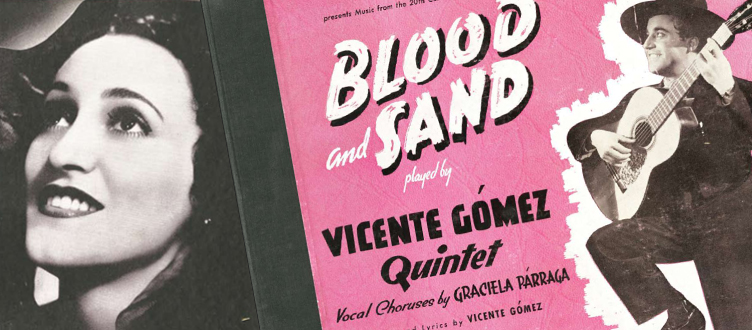 We wanted to share one of several recordings within our Hispanic/Latin American collection of recordings. Last year we highlighted Xavier Cugat, as an important artist who shaped the world of Latin music into what it is today.
We wanted to share one of several recordings within our Hispanic/Latin American collection of recordings. Last year we highlighted Xavier Cugat, as an important artist who shaped the world of Latin music into what it is today.
This year we’d like to highlight the voice of Graciela Párraga and composer Vicente Gómez. Both of whom are featured on the album Blood and Sand within the Recorded Sound Archives Hispanic/Latin American collection.
Very little can be found about Graciela Párraga other than what can be found on the jacket of this album. Graciela Párraga was born in Havana, Cuba. Although it is mentioned that she gained notoriety and fame by singing to a large group of women prisoners within a detention center inside Cuba where she received tons of offers to sing professionally, all of which she refused. It goes on to say her professional singing career began shortly back in 1937 with her arrival in New York.
She went on to sing at several hotels also working at the East Side night club La Rue for two years. Appearing in radio, Miss Párraga went on to sing on the Rudy Vallee Show of which several transcriptions were made and were broadcast throughout all 21 Latin American Republics at the time. In the 1938 issue of Stage Magazine, Miss Párraga was one of the Palm Award winners for her work while at La Rue.
She went on to perform at Hotel Berkeley in London and during her stay in England, where she performed twice weekly for Television by the British Broadcasting Company. She was even invited to sign for her Royal Highness and the Ex-Queen of Spain at a garden party given by the Duke of Alba.
Upon returning to the United States, Miss Párraga was invited to sing at a Reception Ball given by the Cuban Embassy in honor of Colonel Fugencia Batista, during his good-will visit to the United States. And on one of her return trips to Cuba, Miss Párraga was appointed Chancellor to the Consulate General of Cuba in New York and Honorary Artistic delegate for the promotion and appreciation of Cuban music in the United States and Europe.
In this position she went on to give a series of concerts throughout the United States in leading colleges such as Vassar, Columbia University, Princeton and more.
You can hear the voice of Graciela Párraga by clicking here along with Vicente Gómez playing guitar on the Blood and Sand soundtrack he composed himself prior to retiring to compose and teach.
This is just one of over over 180 Latin American recordings for you to listen to. Click here to view collection.
Please note, due to copyright some items may only be available as a 45 second snippet.
If you are a Researcher or Educator in need of full access to these recordings, click here.
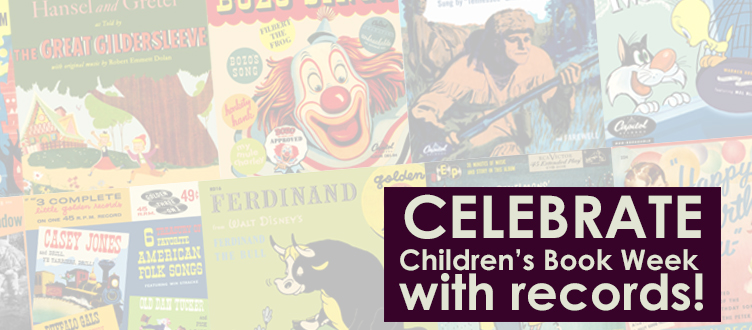
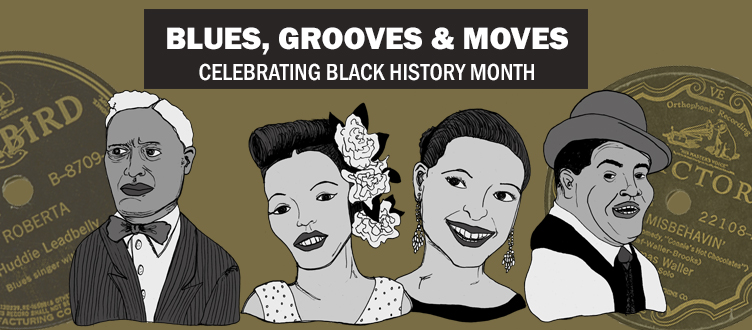
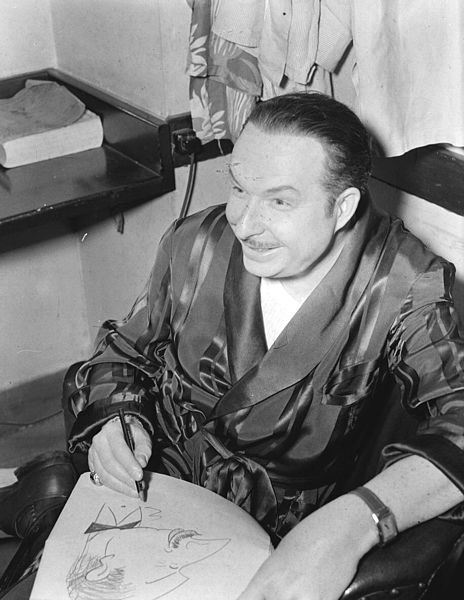
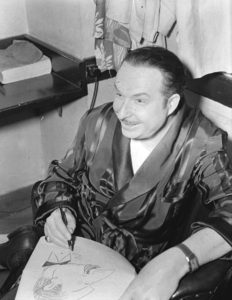
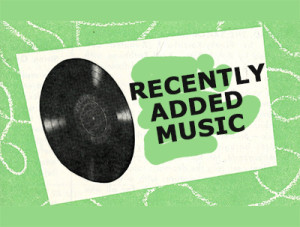
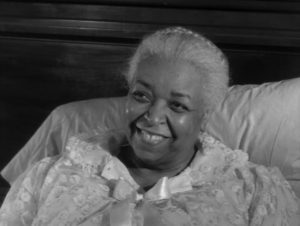
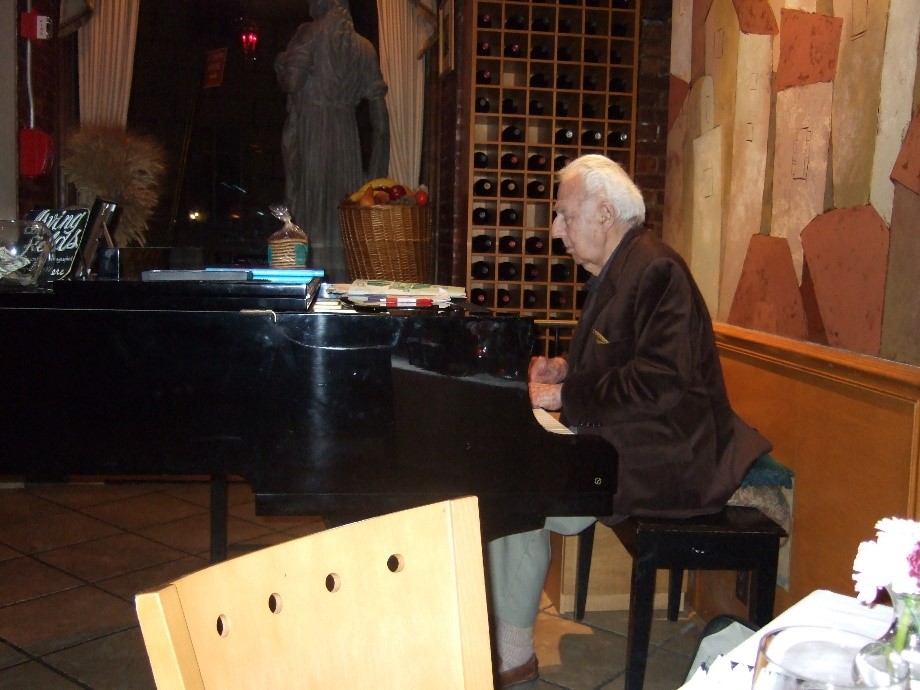
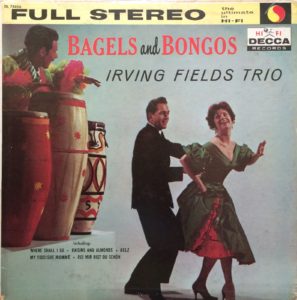
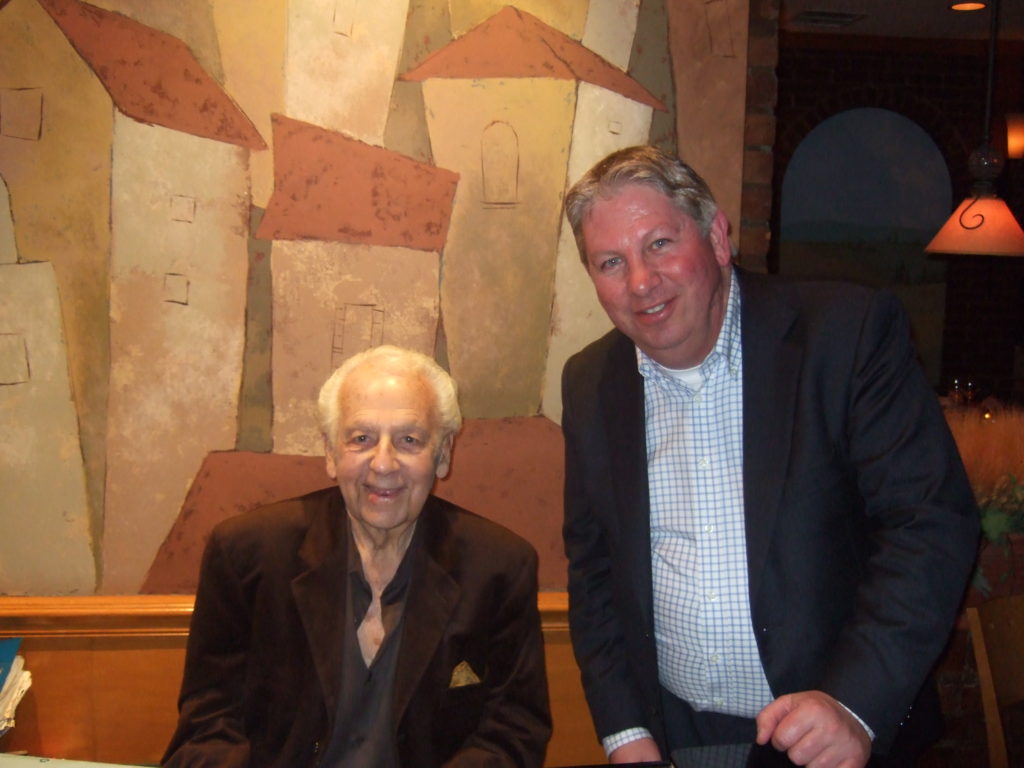
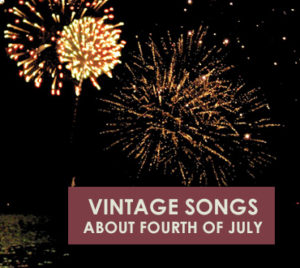 Celebrate this Fourth of July by listening and discovering some vintage songs from the early 1900s. Listen to a funny monologue and learn how the Fourth of July was celebrated at the Pun’kin Center back in 1915 or learn more about the Declaration of Independence, Thomas Jefferson and other Americana.
Celebrate this Fourth of July by listening and discovering some vintage songs from the early 1900s. Listen to a funny monologue and learn how the Fourth of July was celebrated at the Pun’kin Center back in 1915 or learn more about the Declaration of Independence, Thomas Jefferson and other Americana.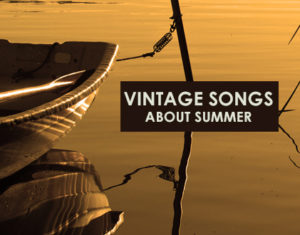 Celebrate this Summer by listening and discovering some vintage songs from the early 1900s about summer and/or the summertime. Below you will find a list of over 20 songs for you to share and enjoy this year with family and friends.
Celebrate this Summer by listening and discovering some vintage songs from the early 1900s about summer and/or the summertime. Below you will find a list of over 20 songs for you to share and enjoy this year with family and friends.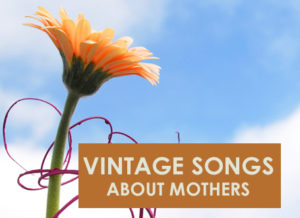 Celebrate this Mothers Day by listening and discovering some vintage songs from the early 1900s about mothers. There’s even a song or two about Dad and a fun Monologue called
Celebrate this Mothers Day by listening and discovering some vintage songs from the early 1900s about mothers. There’s even a song or two about Dad and a fun Monologue called